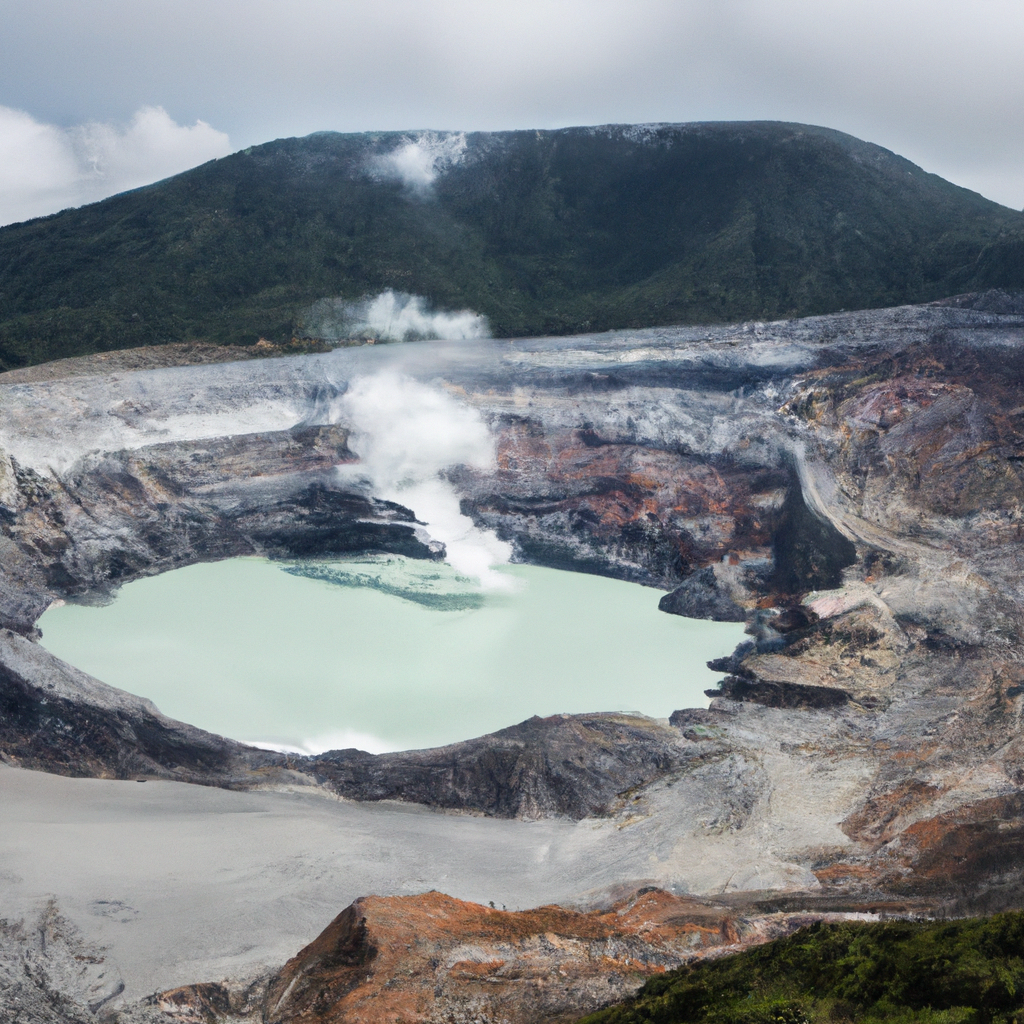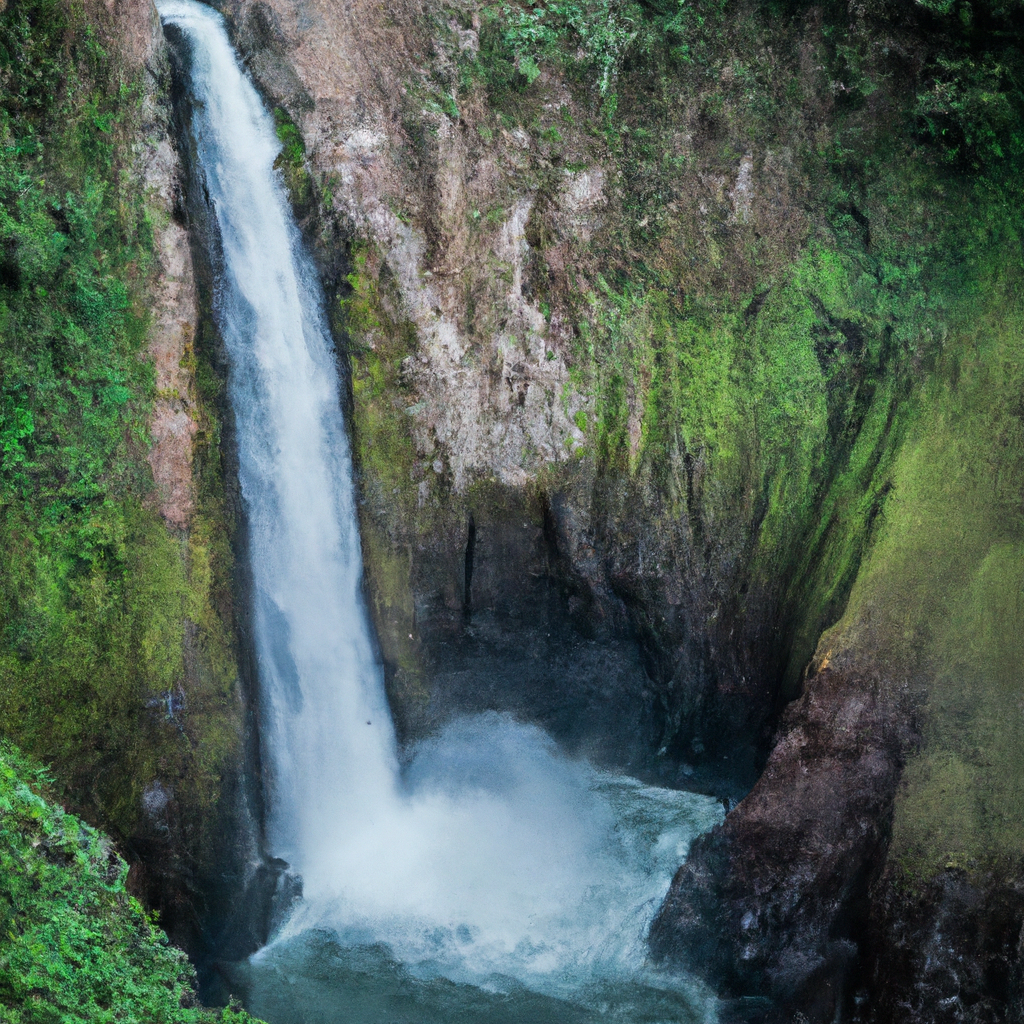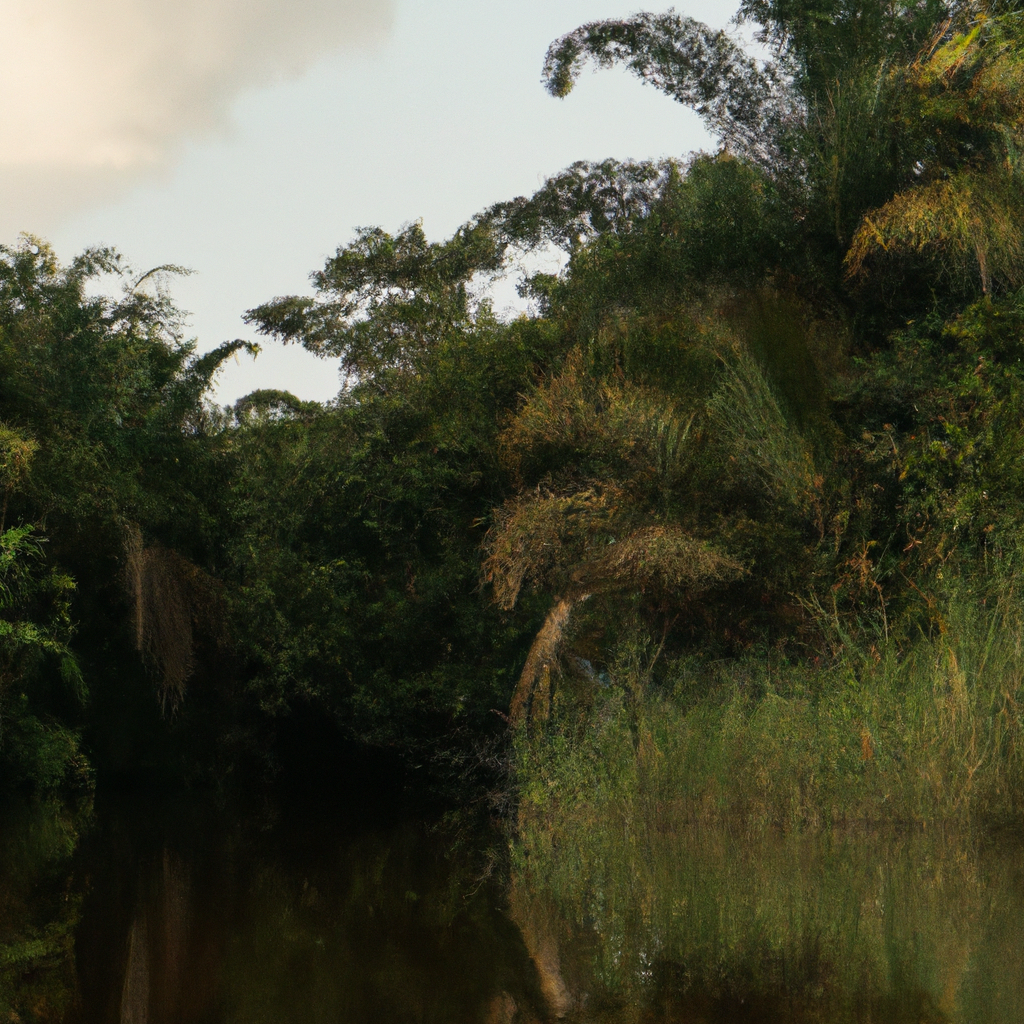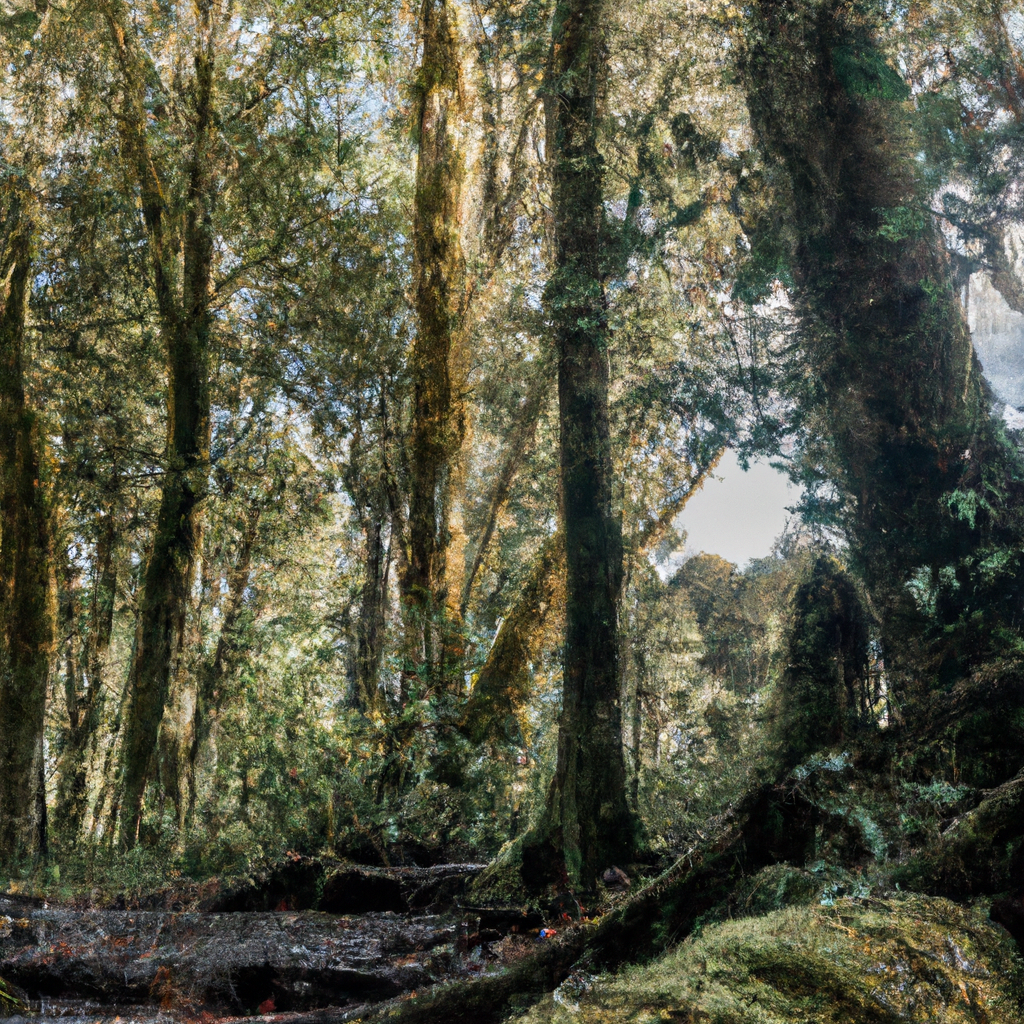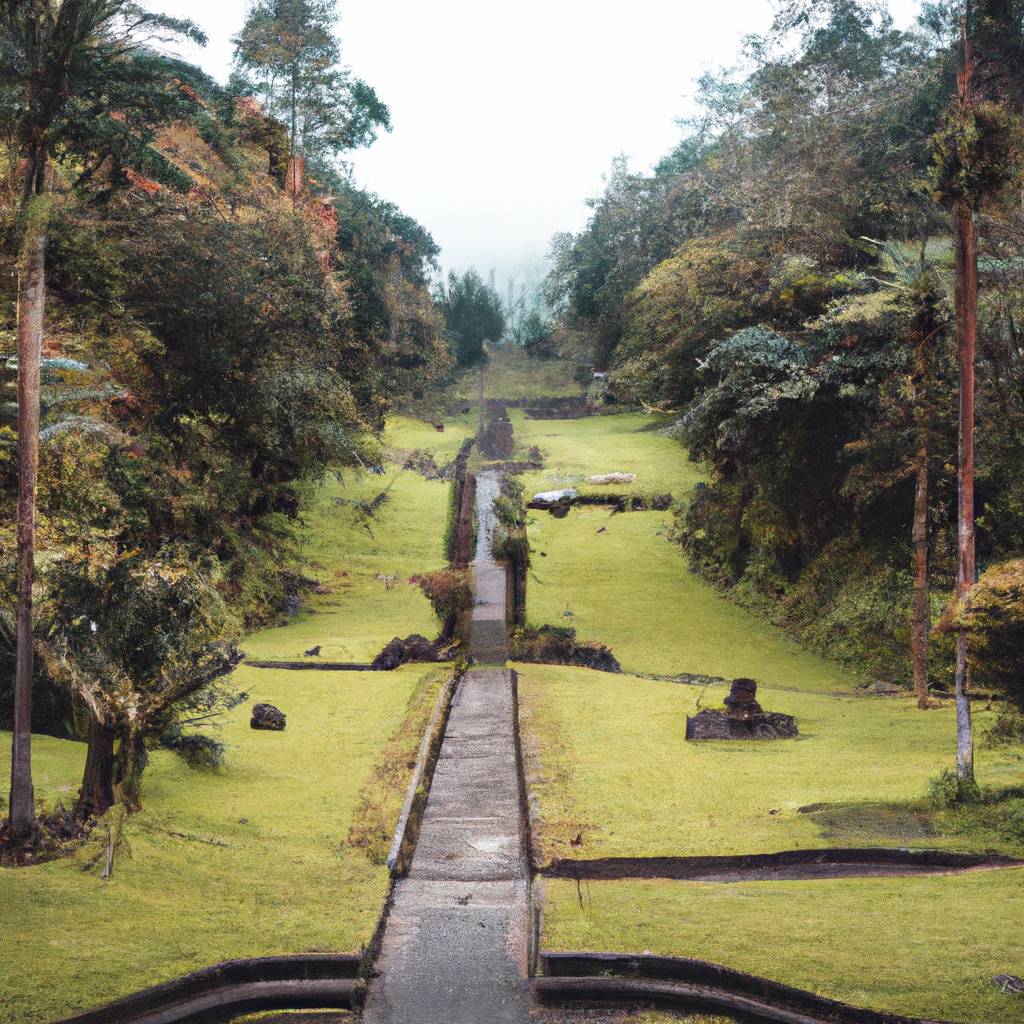Poas Volcano - Alajuela In Costa-Rica: Overview,Prominent Features,History,Interesting facts
Overview:
Poás Volcano is an active stratovolcano in central Costa Rica and one of the most active volcanoes in the country. The volcano has two craters. The larger crater has an active geyser-like vent and a lagoon, while the smaller one is now inactive and filled with water. The highest point of Poás Volcano is 2,708 m (8,885 ft) above sea level. It is a popular tourist destination and offers scenic views of the central highlands of Costa Rica, along with the cloud forest nearby. You can learn history, culture, and heritage through these magnificent monuments in Costa-Rica
Prominent Features:
1. An Active Volcano: Poas Volcano is one of the most active volcanoes in Costa Rica, and is part of the Central American Volcanic Arc. It stands a towering 8,900 feet tall, and its last major eruption occurred in April 2017. 2. Discovery Center: There is an interactive discovery center located near the volcano, where visitors can learn more about its geological history and potential threats and hazards associated with it. 3. Crater Lake: A beautiful crater lake at the summit of Poas Volcano called Botos lagoon which is cultivated by rain and groundwater. This crater lake is the main water source for a variety of wildlife including the resident populations of three-wattled bellbird and the Resplendent Quetzal. 4. Hiking Trails: There are many hiking trails available on the slopes of Poas Volcano. The trails are easy to moderate difficulty, offering spectacular views of the crater lake and surrounding landscape. Other than hiking, visitors also take part in bird watching as over 130 species have been recorded in the area. 5. Sulfur Springs: Located near the base of the volcano are the Poas Volcano Sulfur Springs, known for its therapeutic benefits. Visitors can take a dip in the therapeutic pools of heated water which contain naturally occurring sulfuric acid. This national monument of Costa-Rica portrays the history and culture of the country.
History:
Poás Volcano is a stratovolcano located in the central part of Costa Rica. Located within the Poás Volcano National Park, Poás is one of the most active volcanoes in Costa Rica, erupting periodically since the 19th century. The volcano also containes one of the largest active craters in the world called Laguna Caliente. The first written records of Poás date back to 1823, when French scientist Jean Baptiste Boussingault observed an eruption column and loud noises coming from the summit. The period between 1845 and 1878 saw an increase in activity, accompanied by numerous eruptions which led to the formation of a new crater, a lava flow and several cinder cones. The most important eruptions of Poás occurred in 1953 and 1955. The eruption of 1953 was characterized by intense explosive activity accompanied by loud rumbling noises and the ejection of pumice and ash. The ground of the crater was raised by 110 meters and the thickness of the tephra blanket reached 56 cm near the crater. The eruption of 1955 was the most violent and destructive eruption in the history of Poás Volcano. Ash falls from this eruption were reported in San Jose, the capital of Costa Rica over 160 km distant. The eruption caused extensive damage to the nearby towns and villages, including La Paz, PoAS Village, La Paz and Santa Eulalia, due to the boiling mudflows resulting from the melting of the ice cap of the volcano. In 1965, Poás got declared a National Park and in 1989 the surrounding area was declared a World Biosphere Reserve. To this day, poás remains one of the most visited parks in Costa Rica, mainly due to its spectacular views and geothermal activity. Poás is closely monitored by the National Seismological Network of Costa Rica in order to provide early warning signs of an impending eruption. In 2017, an increase in seismic activity has been recorded and hence the volcano has been placed in a yellow alert state by the National Seismological Network. You must visit one of these historical places in Costa-Rica on your Costa-Rica tour
Interesting facts:
1. Poas Volcano is an active stratovolcano located in the central part of the country near the city of Poasito. 2. Poas was one of the first active volcanoes in Central America to become a national park. 3. Poas is the largest active volcano in Costa Rica and it stands at 2,708 meters (8,885 feet) above sea level. 4. Poas is one of the few subduction volcanoes in Costa Rica. 5. The volcano has experienced five eruptions since 1951, with its most recent being in April of 2017. 6. Poas is home to several unique species of plants and animals, including the Volcano Junco, a species of bird found only in this area. 7. Poas emits a variety of gases, such as sulfur dioxide, carbon dioxide, hydrogen sulfide, and small amounts of chlorine gas. 8. Poas is fill with stunning lakes, lagoons, and waterfalls, created by past eruptions. 9. The rainforest surrounding Poas is home to a variety of wildlife such as monkeys, jaguars, ocelots, armadillos, and toucans. 10. Poas is a popular tourist destination for visitors looking to explore its breathtaking nature and adventurous hiking trails. Visit one of the famous monuments of Costa-Rica with your friends and family.
Explore Costa-Rica most popular tourist destination with us. Poas Volcano - Alajuela In Costa-Rica: Overview,Prominent Features,History,Interesting facts,which is 35.14 km away from Costa-Rica main town, is the most popular destination to add in your travel wishlist.
-
City:
Costa-Rica
-
state:
Alajuela
-
country:
Costa-Rica
-
country code:
CR
-
postcode:
20220
Location:
Alajuela Costa-Rica
